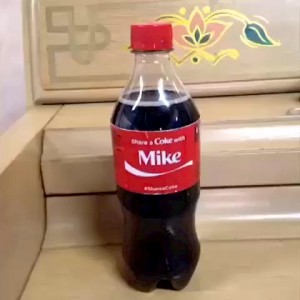There’ve been persuaders who tried subtlety and those who attempted invisibility. So it’s no shock that brands are hurrying their way into six-second Vines, purchasing placement in what are ostensibly just little, personal videos. But it’s not personal–it’s strictly business. The “influencers” are under the influence. From Kurt Warner at Mashable:
“With sights set on its 40 million users — many of whom are teenagers — advertisers are getting crafty in their efforts to break into ad-free Vine.
The six-second video platform, which is owned by Twitter, is one of the largest social networks that doesn’t yet run paid advertisements. Marketers can’t sponsor or promote videos the way they do on Twitter and Facebook (a sponsored post is clearly marked and shows up in front of people it wouldn’t otherwise surface for). But that doesn’t mean they’re sitting idly by.
Instead, brands are utilizing a form of stealth advertising, paying the platform’s most popular users to ‘organically’ push products to their massive followings.
(Brands already use Vine to create their own videos, but the message is much different when it comes from a ‘regular user’ instead of the brand itself.)
Comedic Vine influencer Jake Paul, for example, made a video of his undercover attempt to steal a bottle of Coke from a friend only to get caught at the last second. (Brought to you by Coca-Cola’s #ShareACoke campaign, revealed in the video’s description.)
The videos don’t feature a ‘sponsored’ or ‘promoted’ label and, in some cases, the only indication that the creator was paid by a brand is that hashtag.
This guerrilla marketing strategy is popular, and Vine’s video format and wealth of influential users have made it a testing ground for major brands like Coca-Cola, Virgin Mobile, and Kellogg’s.”

